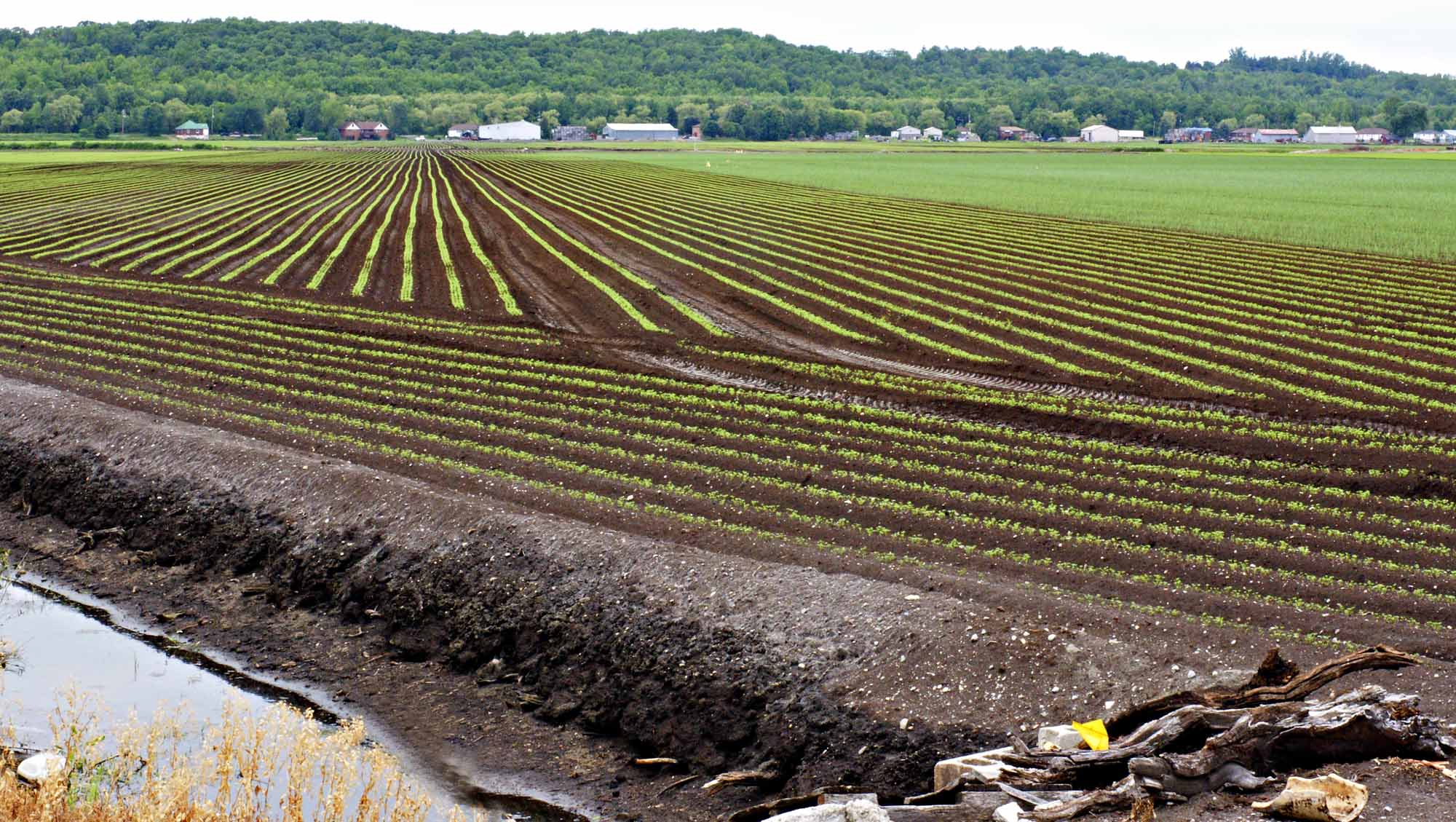Browse "Things"
-
Macleans
Social Union Deal
Even Lucien Bouchard's glowering presence could not entirely sour the mood. In announcing a deal to overhaul the way Ottawa and the provinces work together on social programs, Prime Minister Jean Chrétien spoke proudly of "a new departure.This article was originally published in Maclean's Magazine on February 15, 1999
"https://development.thecanadianencyclopedia.ca/images/tce_placeholder.jpg?v=e9dca980c9bdb3aa11e832e7ea94f5d9" // resources/views/front/categories/view.blade.php
https://development.thecanadianencyclopedia.ca/images/tce_placeholder.jpg?v=e9dca980c9bdb3aa11e832e7ea94f5d9
-
Article
Socialism
Socialism is a political doctrine that criticizes the existence of social, economic and political inequality in society. Seeking to lessen class inequality, socialists call for a redistribution of power from the affluent owners to the working class.
"https://development.thecanadianencyclopedia.ca/images/tce_placeholder.jpg?v=e9dca980c9bdb3aa11e832e7ea94f5d9" // resources/views/front/categories/view.blade.php
https://development.thecanadianencyclopedia.ca/images/tce_placeholder.jpg?v=e9dca980c9bdb3aa11e832e7ea94f5d9
-
Article
Socialist Party of Canada
Socialist Party of Canada (SPC) emerged in 1904 when the Socialist Party of British Columbia, a group of Marxists influential in BC mining camps and among BC trade unionists, merged with the Canadian Socialist League. By 1910 it had spread from coast to coast.
"https://development.thecanadianencyclopedia.ca/images/tce_placeholder.jpg?v=e9dca980c9bdb3aa11e832e7ea94f5d9" // resources/views/front/categories/view.blade.php
https://development.thecanadianencyclopedia.ca/images/tce_placeholder.jpg?v=e9dca980c9bdb3aa11e832e7ea94f5d9
-
"https://development.thecanadianencyclopedia.ca/images/tce_placeholder.jpg?v=e9dca980c9bdb3aa11e832e7ea94f5d9" // resources/views/front/categories/view.blade.php
https://development.thecanadianencyclopedia.ca/images/tce_placeholder.jpg?v=e9dca980c9bdb3aa11e832e7ea94f5d9
-
Article
Société de Saint-Vincent de Paul
Société de Saint-Vincent de Paul, Catholic organization dedicated to works of charity. It was founded in 1833 by Frederic Ozanam, a 20-year-old Sorbonne student in Paris.
"https://development.thecanadianencyclopedia.ca/images/tce_placeholder.jpg?v=e9dca980c9bdb3aa11e832e7ea94f5d9" // resources/views/front/categories/view.blade.php
https://development.thecanadianencyclopedia.ca/images/tce_placeholder.jpg?v=e9dca980c9bdb3aa11e832e7ea94f5d9
-
Article
Sociology
Sociology is the study of human relationships, the rules and norms that guide them, and the development of institutions and movements that conserve and change society.
"https://development.thecanadianencyclopedia.ca/images/tce_placeholder.jpg?v=e9dca980c9bdb3aa11e832e7ea94f5d9" // resources/views/front/categories/view.blade.php
https://development.thecanadianencyclopedia.ca/images/tce_placeholder.jpg?v=e9dca980c9bdb3aa11e832e7ea94f5d9
-
Article
Sod Houses
Sod houses, or “soddies,” were a common style of dwelling built in the Prairies during the second half of the 19th century. Soddies were small structures cheaply built out of blocks of sod and rudimentary house fittings. Sod refers to grass and the soil beneath it that is held together by the grass’s roots. Although the term “sod house” is primarily associated with Canadian and American structures built during westward expansion, the structures found their architectural roots in Indigenous and Norse practices. Sod houses have come to symbolize the hardship of homestead life, despite shacks and log cabins being the primary form of housing.
"https://d2ttikhf7xbzbs.cloudfront.net/media/media/5c19f8b0-969e-4d19-b834-6ec2c4de6805.jpg" // resources/views/front/categories/view.blade.php
https://d2ttikhf7xbzbs.cloudfront.net/media/media/5c19f8b0-969e-4d19-b834-6ec2c4de6805.jpg
-
Article
Soft-Drink Industry
The soft-drink industry comprises companies that manufacture nonalcoholic beverages and carbonated mineral waters or concentrates and syrups for the manufacture of carbonated beverages.
"https://development.thecanadianencyclopedia.ca/images/tce_placeholder.jpg?v=e9dca980c9bdb3aa11e832e7ea94f5d9" // resources/views/front/categories/view.blade.php
https://development.thecanadianencyclopedia.ca/images/tce_placeholder.jpg?v=e9dca980c9bdb3aa11e832e7ea94f5d9
-
Article
Softwood Lumber Dispute
Softwood Lumber Dispute first arose in 1982 with a complaint by the US lumber industry that low Canadian stumpage rates constituted an unfair advantage. In Canada, provinces own most of the forest resource and administer the rates whereas in the US rates are set at an auction.
"https://development.thecanadianencyclopedia.ca/images/tce_placeholder.jpg?v=e9dca980c9bdb3aa11e832e7ea94f5d9" // resources/views/front/categories/view.blade.php
https://development.thecanadianencyclopedia.ca/images/tce_placeholder.jpg?v=e9dca980c9bdb3aa11e832e7ea94f5d9
-
Article
Soil
Soil is the thin, fragile surface layer of Earth. It is a dynamic, loose and porous body of variable thickness (between a few centimetres and a few metres). Soil is formed by continuous transformations of rock or deposit through physical, chemical and biological processes. It is one of the two main components of Earth — the other being oceans — in which life is particularly active. Soil is the source and site of many human activities, and human life greatly depends on it. In Canada, agricultural, environmental and natural-resource scientists are at the forefront of research on soil.
"https://d2ttikhf7xbzbs.cloudfront.net/media/media/01f0989f-5102-44b1-82b6-1b7a44b8ff1d.jpg" // resources/views/front/categories/view.blade.php
https://d2ttikhf7xbzbs.cloudfront.net/media/media/01f0989f-5102-44b1-82b6-1b7a44b8ff1d.jpg
-
Article
Soil Classification
Classification involves arranging individual units with similar characteristics into groups. Soils do not occur as discrete entities; thus the unit of measurement for soil is not obvious.
"https://d2ttikhf7xbzbs.cloudfront.net/media/media/5ab8defa-319b-47f7-a725-b100a41ab8e1.jpg" // resources/views/front/categories/view.blade.php
https://d2ttikhf7xbzbs.cloudfront.net/media/media/5ab8defa-319b-47f7-a725-b100a41ab8e1.jpg
-
Article
Soil Conservation
Soil conservation is a combination of all methods of management and land use that safeguard the soil against depletion or deterioration by natural or human-induced factors.
"https://d2ttikhf7xbzbs.cloudfront.net/media/media/1feca1f5-6d62-4849-ada5-e7b61d404647.jpg" // resources/views/front/categories/view.blade.php
https://d2ttikhf7xbzbs.cloudfront.net/media/media/1feca1f5-6d62-4849-ada5-e7b61d404647.jpg
-
Article
Soil Science
Soil science is the science that deals with soils as a natural resource. Studies focus on soil formation, classification and mapping, and the physical, chemical and biological properties and fertility of soils as such and in relation to their management for crop production.
"https://development.thecanadianencyclopedia.ca/images/tce_placeholder.jpg?v=e9dca980c9bdb3aa11e832e7ea94f5d9" // resources/views/front/categories/view.blade.php
https://development.thecanadianencyclopedia.ca/images/tce_placeholder.jpg?v=e9dca980c9bdb3aa11e832e7ea94f5d9
-
Article
Solar and Lunar Eclipses in Canada
An eclipse occurs when two celestial bodies are aligned so that one blocks the sun’s light from reaching the other. While eclipses can take place on different planets like Jupiter and Neptune, on Earth most eclipses are either solar or lunar eclipses. During a solar eclipse, the moon is positioned between the Earth and the sun, casting a shadow on a portion of the Earth. During a lunar eclipse, the opposite occurs, and the Earth blocks the sun’s light from reaching the moon. Lunar eclipses can be observed with the naked eye. However, looking directly at the sun during a solar eclipse can cause permanent eye damage. Proper eye protection is required to safely observe a solar eclipse.
"https://d2ttikhf7xbzbs.cloudfront.net/eclipse/Solar-Eclipse.jpg" // resources/views/front/categories/view.blade.php
https://d2ttikhf7xbzbs.cloudfront.net/eclipse/Solar-Eclipse.jpg
-
Article
Solar Energy
The energy contained in sunlight is the source of life on Earth. Humans can harness it to generate power for our activities without producing harmful pollutants. There are many methods of converting solar energy into more readily usable forms of energy such as heat or electricity. The technologies we use to convert solar energy have a relatively small impact on the environment. However, they each have disadvantages that have kept them from being widely adopted. In Canada, the use of solar energy to generate electricity and heat is growing quickly and is helping reduce pollution related to energy production. Despite Canada’s cold climate and high latitudes (which get less direct sunlight than mid-latitudes), solar power technologies are used in many places, from household rooftops to large power plants. The Canada Energy Regulator (formerly the National Energy Board) expects solar power to make up 3 per cent of Canada’s total electricity generation capacity by 2040.
"https://d2ttikhf7xbzbs.cloudfront.net/media/media/bfcd57a6-65cf-486a-b845-726de3285690.jpg" // resources/views/front/categories/view.blade.php
https://d2ttikhf7xbzbs.cloudfront.net/media/media/bfcd57a6-65cf-486a-b845-726de3285690.jpg
